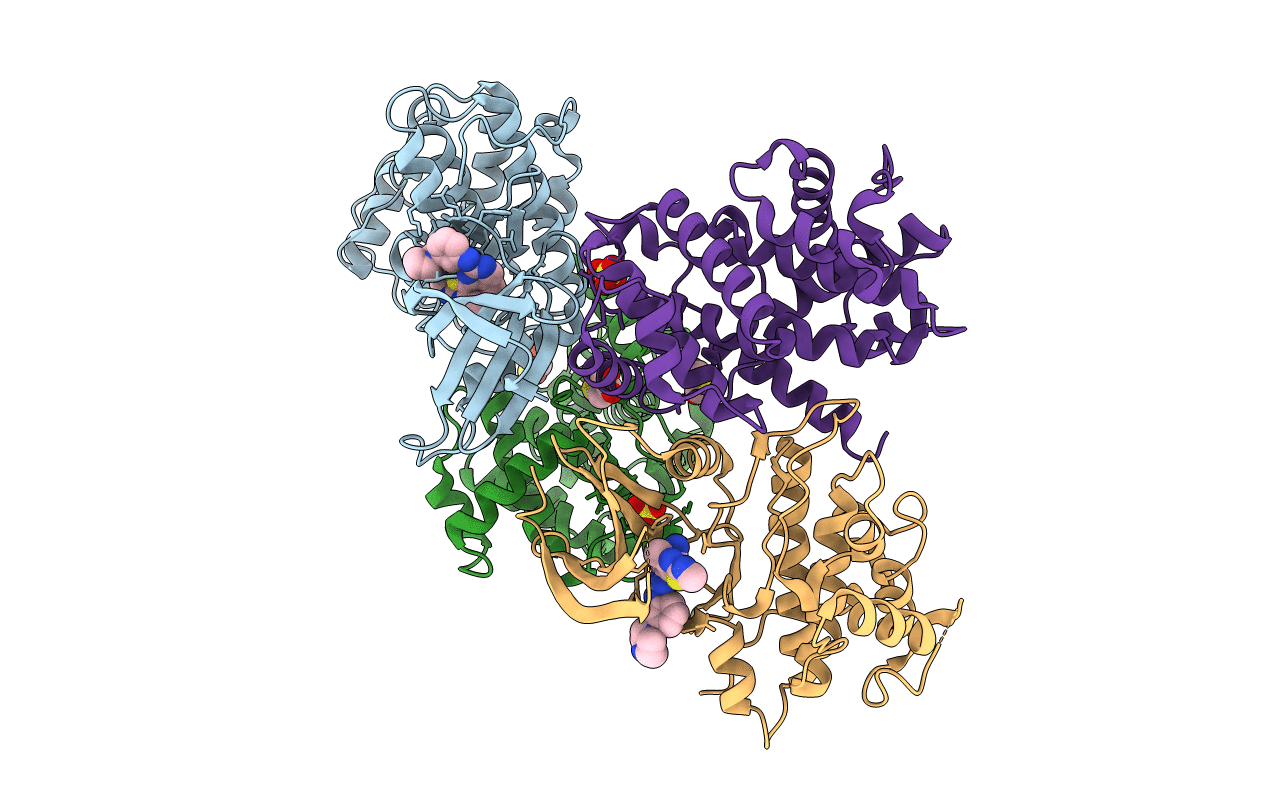
Deposition Date
2012-10-02
Release Date
2013-04-17
Last Version Date
2024-11-13
Entry Detail
PDB ID:
4BCP
Keywords:
Title:
Structure of CDK2 in complex with cyclin A and a 2-amino-4-heteroaryl- pyrimidine inhibitor
Biological Source:
Source Organism:
HOMO SAPIENS (Taxon ID: 9606)
Host Organism:
Method Details:
Experimental Method:
Resolution:
2.26 Å
R-Value Free:
0.21
R-Value Work:
0.18
R-Value Observed:
0.18
Space Group:
P 21 21 21


